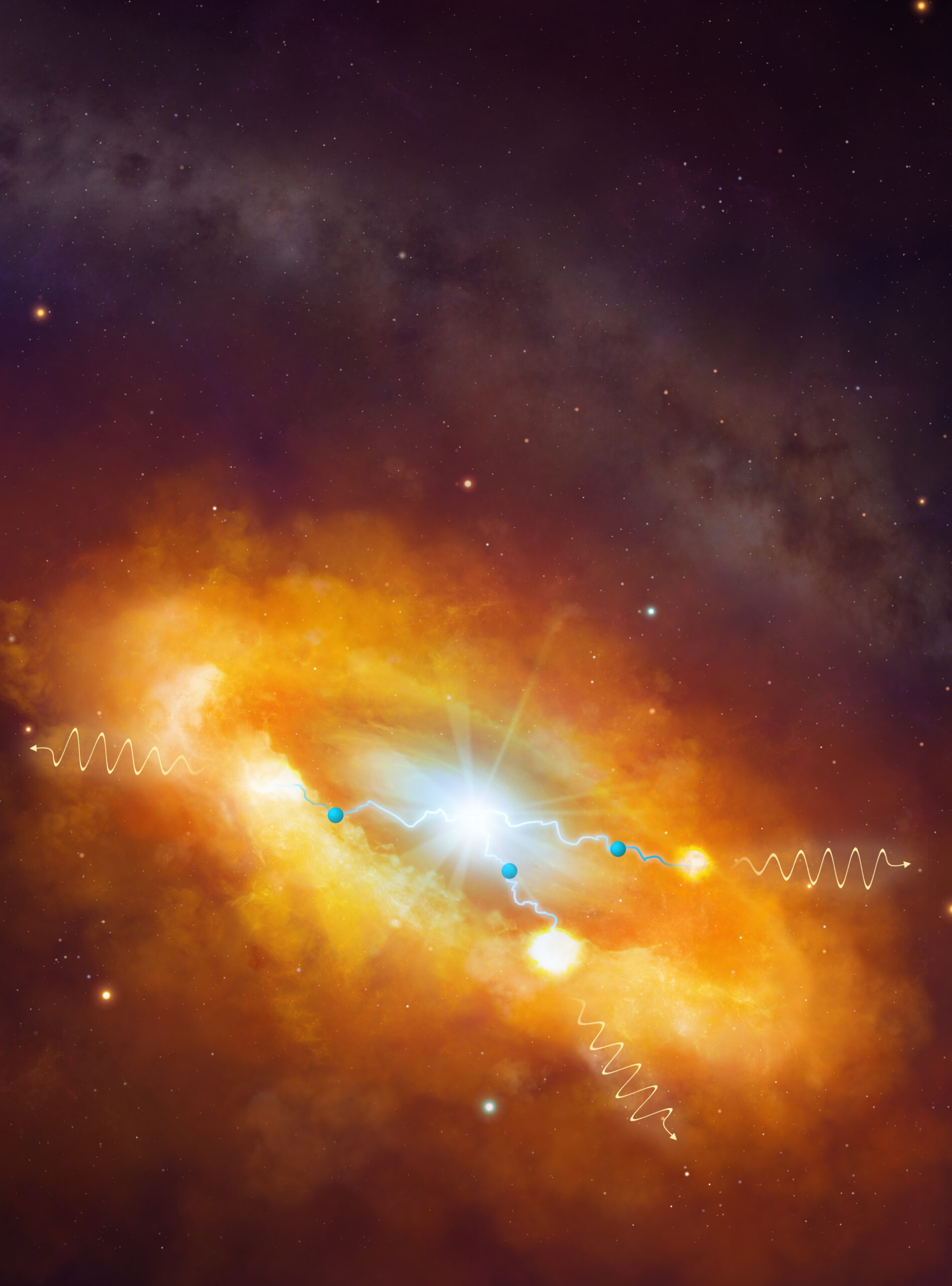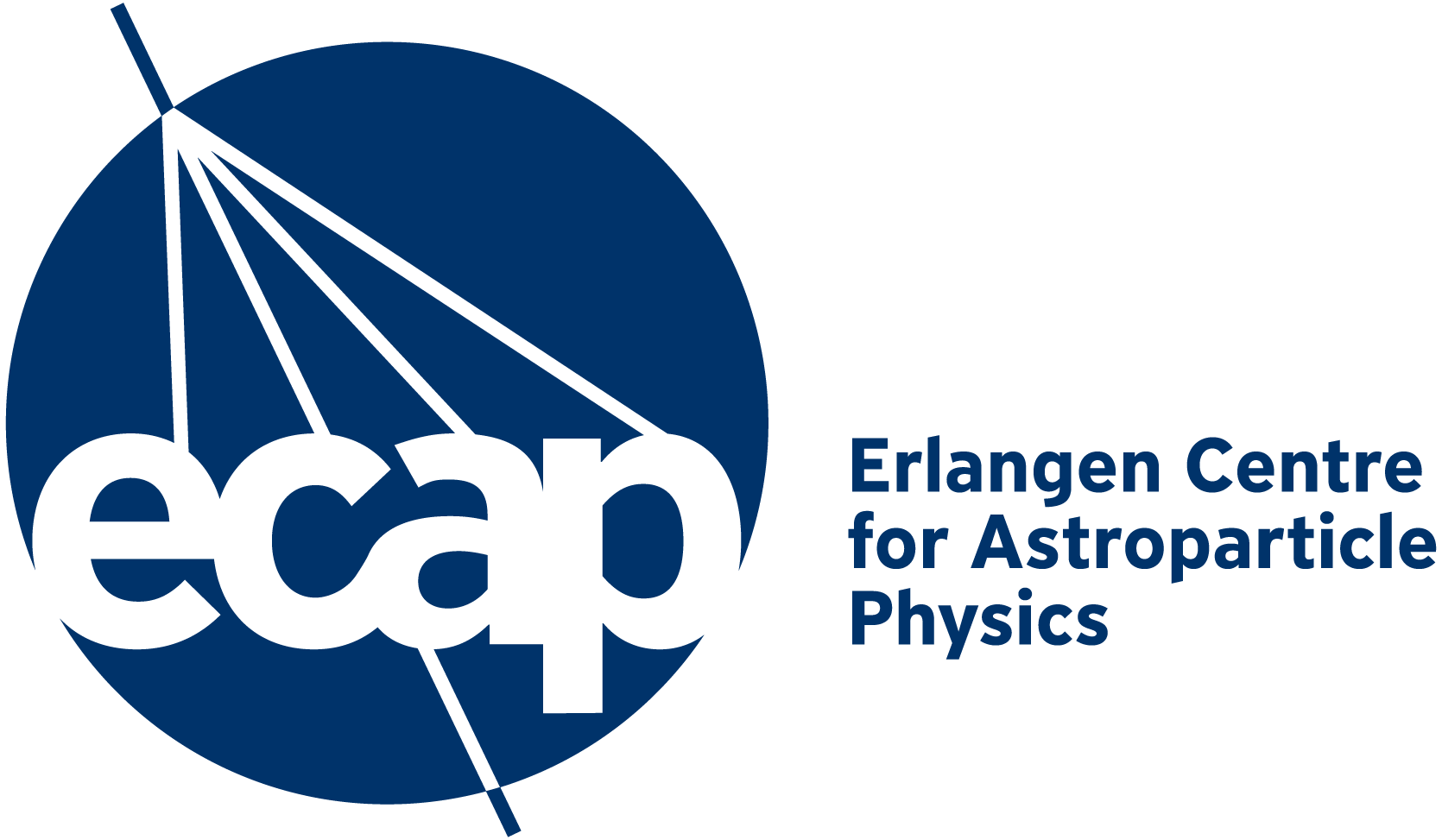Das Zentrum der Milchstraße: Ein Beschleuniger galaktischer kosmischer Strahlung mit beispielloser Energie

Seit mehr als 10 Jahren kartographieren die H.E.S.S.-Teleskope in Namibia das Zentrum der Milchstraße in höchstenergetischer Gammastrahlung. Eine detaillierte Analyse neuester H.E.S.S.-Daten, welche die Wissenschaftler am 16. März im Fachjournal Nature veröffentlichten, legt nahe, dass es ihnen gelungen ist, zum ersten Mal eine Quelle galaktischer kosmischer Strahlung mit Petaelektronvolt-Energie zu identifizieren: Das supermassive schwarze Loch im Zentrum der Milchstraße. Physiker des Erlangen Centre for Astroparticle Physics (ECAP) der FAU sind am H.E.S.S.-Experiment federführend beteiligt.
